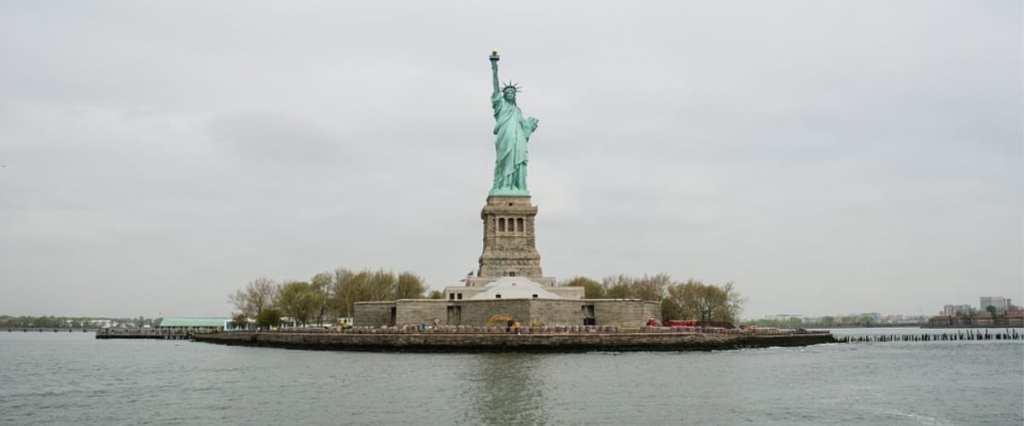These days, there’s nothing that can’t be crowdsourced. People are asking for contributions to help with their medical bills, unexpected funeral expenses, surgery for their pets, and even help paying their bills while their federal salaries are being withheld during a government shutdown. It might seem like a new idea because the internet makes it so easy and accessible, but get this – it’s basically the reason the Statue of Liberty stands in New York Harbor today.
A bit of history, for those of us who need to brush up:
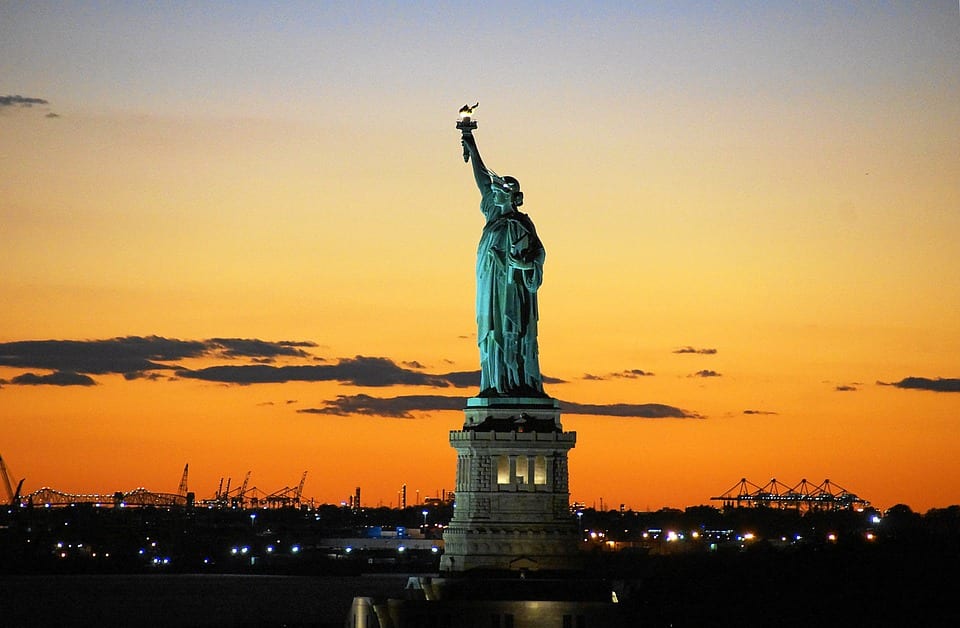
Photo Credit: Pixabay
The Statue of Liberty was sculpted by French artist Auguste Bartholdi and gifted to the United States in 1881. Both countries believed the statue would be a landmark worthy of welcoming people coming to the States through New York City – she would be one of the first images they saw of their new home and would represent the liberty they’d come to claim in their own lives.
The only problem?
The statue needed a base to stand on and the city ran out of money before the $250,000 bill was paid, so construction came to a halt. Three years on, France’s generous gift still sat in wooden crates in a New York storage warehouse. Initially the city expected one or more of its wealthy inhabitants would step up to foot the bill, but they were quickly losing hope.
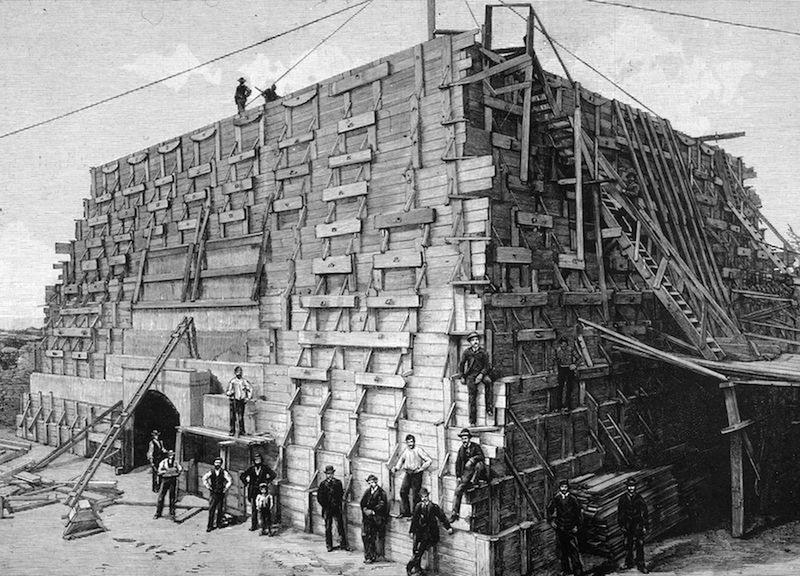
Photo Credit: National Park Service
If they didn’t find a way to pay for the construction soon, there was a good chance another city would end up being home to the Lady of Liberty instead – Philadelphia, Baltimore, San Francisco, and Boston had all offered to give her a good home, promising they would have no problem paying for the expensive pedestal. It was rude, after all, to leave such a nice gift sitting in a warehouse when it could be displayed elsewhere immediately.
Enter millionaire Joseph Pulitzer. The newspaper mogul was an immigrant himself, and had passed through Ellis Island on his way to his life in the States. He was a proud New Yorker and believed the statue belonged in her harbor where it could welcome more like himself, and Pulitzer had an idea how he could make that happen – ask the people for help.
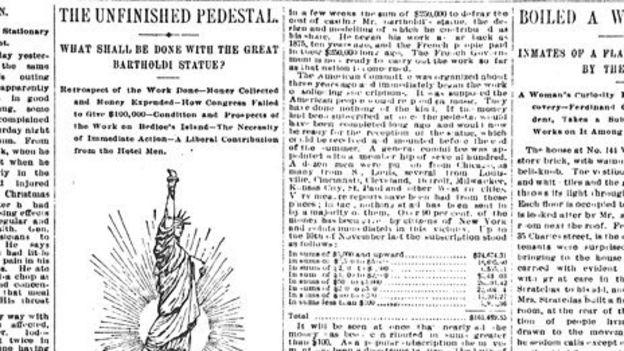
Photo Credit: BBC
In an open letter to the people of New York, published in the New York World on March 16, 1885, he stated that it was the responsibility of every citizen of the city to contribute what they could to the effort.
“Let us not wait for the millionaires to give us this money. It is not a gift from the millionaires of France to the millionaires of America, but a gift of the whole people of France to the whole people of America.”
The letter inspired the masses, and donations, most of less than $1 apiece, began arriving in droves. Pulitzer kept going, publishing his plea repeatedly and running lists of donors and donations (no matter how large or small) in his paper. He hoped that people would see the names of their friends, family members, neighbors, and fellow New Yorkers and be inspired to give themselves – and it seemed to work.
On the list? A man named Leonard Bender of Jersey City who donated ten cents, and Jonathan Scoville, the mayor of Buffalo, who handed over his entire annual salary of $230.
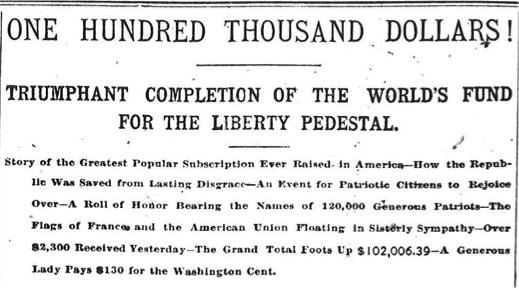
Photo Credit: sofii.org
In the end, more than 160,000 people raised the money to complete the pedestal, with 90% of the donations totaling less than a dollar. By August 11, 1885 – less than 5 months after the original plea – the city had the money. Just over a year later, on October 28, 1886, the Statue of Liberty was unveiled in New York Harbor, where she still stands, torch aloft, today.

Photo Credit: Public Domain
There’s much debate these days about who deserves to be welcomed into America and who deserves to be turned away, and I just think it’s interesting that in 1885 – over 130 years ago – one immigrant who had found immense success in his adopted home was determined to help erect a symbol that would light the way for more like him.

